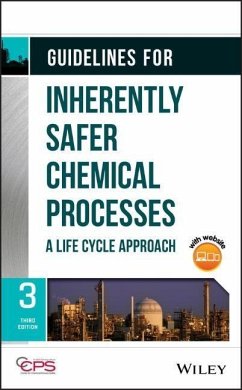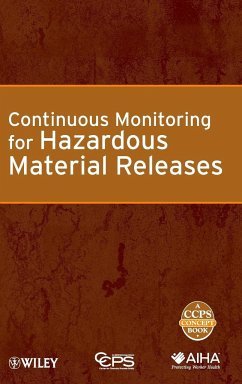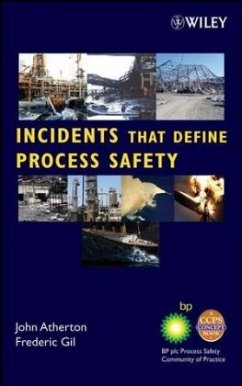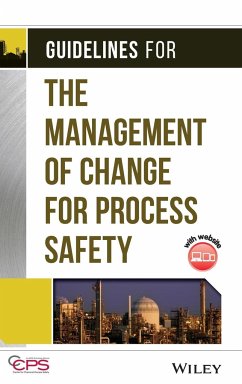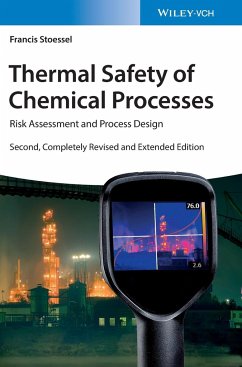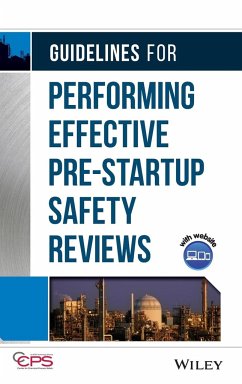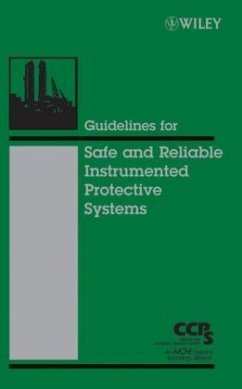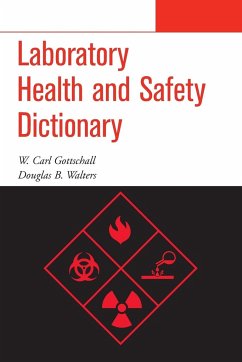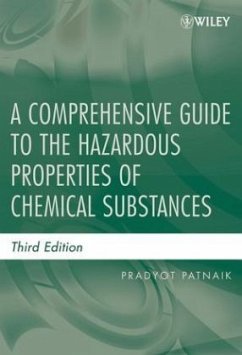Nicht lieferbar
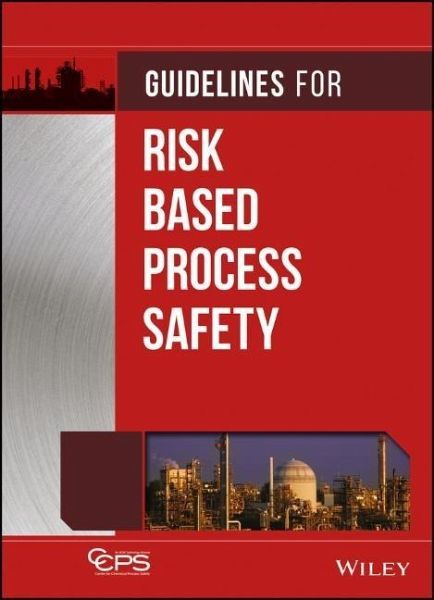
Guidelines for Risk Based Process Safety
The Risk Based Process Safety (RBPS) guideline provides a paradigm shift for industries that manufacture, consume, or handle chemicals focusing on new ways to design, correct, or improve process safety management practices. The book addresses the essential principles that outline safety, giving a broad overview of the subject.
Guidelines for Risk Based Process Safety provides guidelines for industries that manufacture, consume, or handle chemicals, by focusing on new ways to design, correct, or improve process safety management practices. This new framework for thinking about process safety builds upon the original process safety management ideas published in the early 1990s, integrates industry lessons learned over the intervening years, utilizes applicable "total quality" principles (i.e., plan, do, check, act), and organizes it in a way that will be useful to all organizations even those with relatively lower hazard activities throughout the life cycle of a company.




